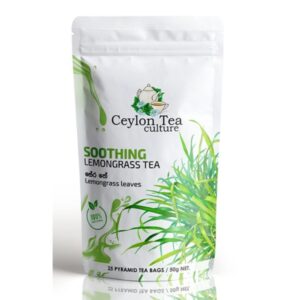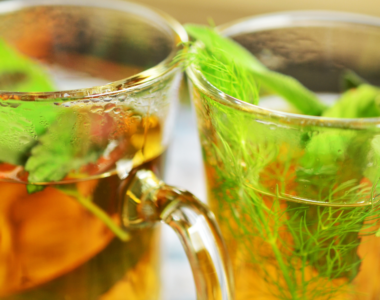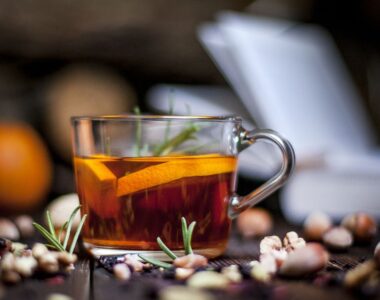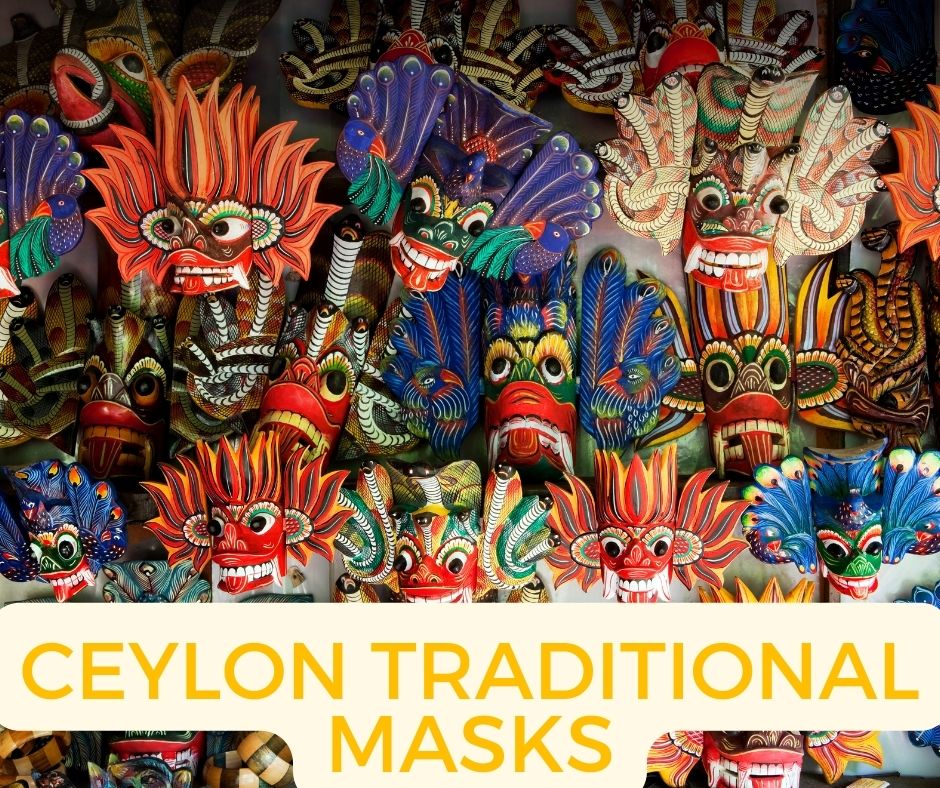
Table of Contents
An introduction to Ceylon Traditional Masks
Ceylon Traditional Masks, or “Vesmuhunu” as they are called from the colloquial language, play an important role especially in representing the culture of Sri Lanka. Sri Lanka is world popular as an island of many foreign delicacies. Known as the ‘pearl’ of the Indian ocean, the island has inherited, a dreamy tropical environment. And on top of that, the Ceylon spices and other goods, combined with the unique culture have given Sri Lanka a competitive edge to become an island of tropical paradise for many foreigners. And yes, our country’s popularity as Ceylon is far greater, especially in the western world since the very old days for the invaluable spices and gems. But there’s a lot more to Sri Lankan culture than you can imagine.
History of the Ceylon Masks
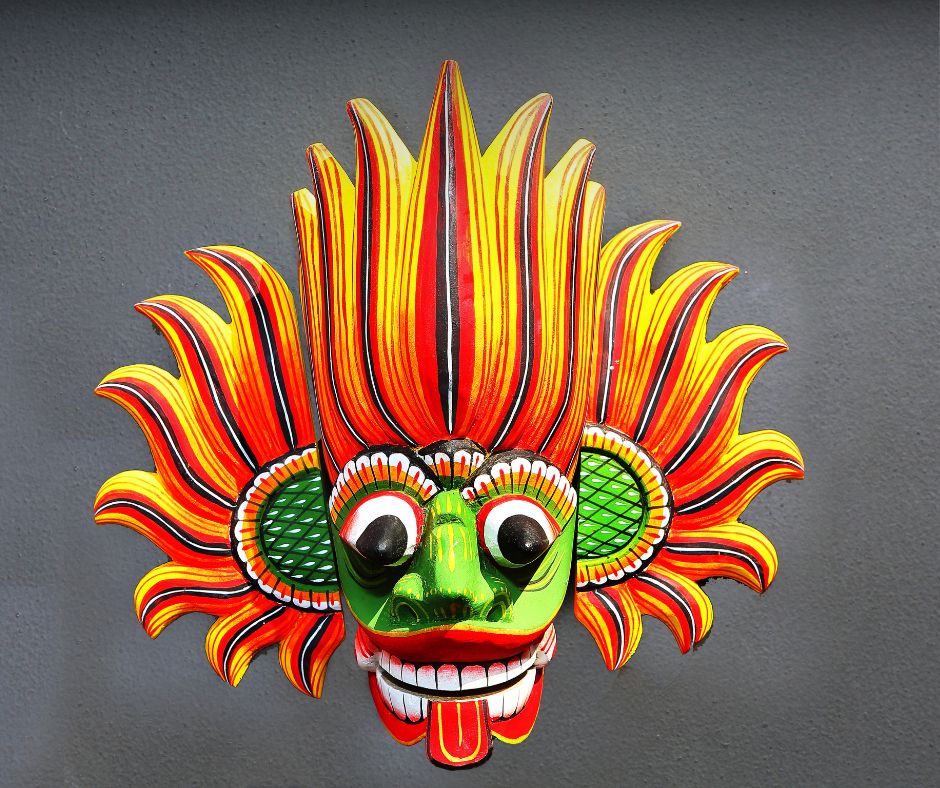
The birth of Ceylon Traditional Masks dates as far back as the 15th century, with strong links to devil-worship. If you travel down south of the island, you will experience an unforgettable memory, specially, by visiting Ambalangoda, the city which gave birth to these Ceylon Traditional Masks. There, you will find the art of Ceylon Traditional Mask carving, the ever so mythical and mystical Ceylon Traditional Mask dances, and the Ceylon Traditional Mask Museum, which has a workshop and a library dedicated to everything related to these masks.
Variations of the product
Each mask has its own particular colors to depict its characteristic features. The most colorful and fearful looking of the traditional Sri Lankan masks are the Raksha Marks or the Demon Masks. There are five main varieties of Raksha masks. They are the Naga Raksha Mask or Cobra Mask, the Gurulu Raksha Mask, Maru Raksha Mask (associated with Death), Purnaka Raksha Mask, and the Rathnakuta Raksha Mask.
Another would be the Garuda Mask, which is linked to Hindu mythology and spirituality. There is also a traditional mask called the Kolam mask. These masks are humorous in appearance. Varieties include popular folk characters the likes of Nonchi Akka, Mudali, Panikkala, Lenchina, Hewa, and Jasaya.
The uses of the Ceylon Traditional Masks
When it comes down to the big question, what are the uses of these Traditional Ceylon masks, they are mainly used for mask dances, which represent the dramatic and varying meanings of the visual image, hopes, and imagination arising from the beliefs and fears of the rural folk.
The Traditional Dances
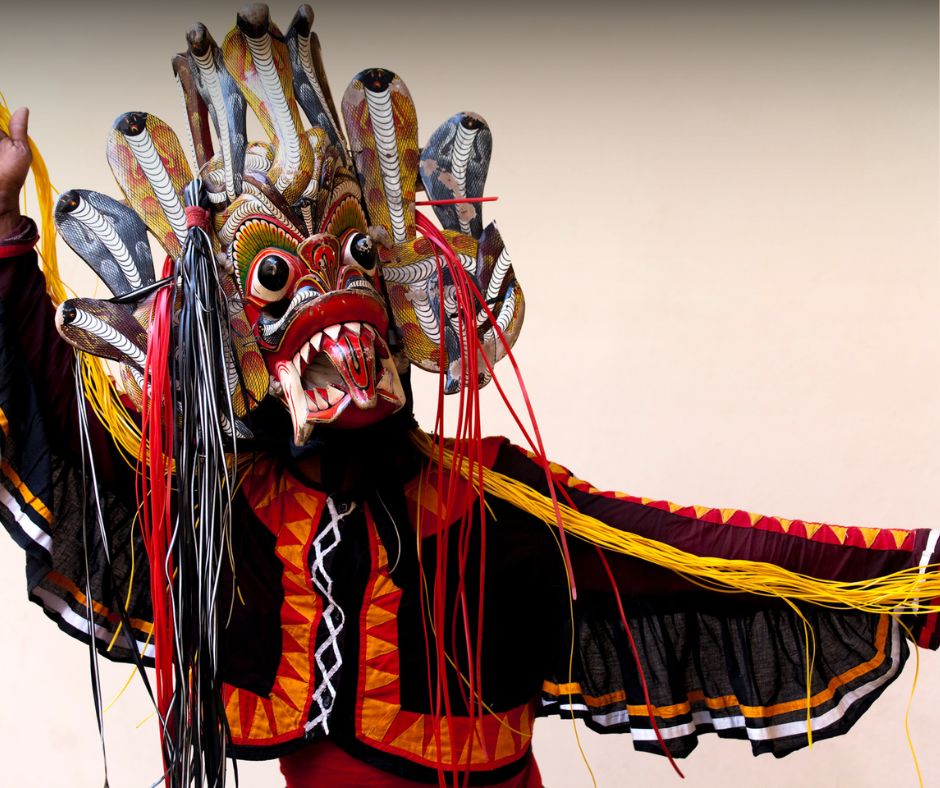
There are three types of mask dances: Raksha (Demon), Kolam (Folktale), and Sanni (Devil Dance). Kolam masks are used for storytelling dances while the Raksha masks are used to ward off evil or as an aid in festivals. The Sanni masks are mainly used in healing ceremonies and worn by an edura (a sort of Sri Lankan exorcist).
Ornamental value
These masks are hung on the wall of some local households, with the belief of casting off the evil eye. Despite all those beliefs, Ceylon Traditional Masks are one-of-a-kind beautiful ornaments with so many facial expressions and colors. So, it would be a nice ornament to hang on your wall.
Manufacturing of the Ceylon Traditional Mask
For the production of handcrafted masks, the wood of the Kaduru tree is widely used. This wood is light, soft, and easy to carve. The hand carving of the wood finally brings a masterpiece of a mask at the end of the manufacturing process. But this crafting of the cinnamon wood is a well nuanced one generated out of patient carving of a no-shape wood piece. So yes, there is difficult to produce a large number of masks as it is rare to find natural raw materials and because it is a handmade industry.
Benefits to people, society, environment
Indeed, these masks play a significant role in representing the culture of Sri Lanka. Apparently, even though they are mystical, the dances and rituals born from these Ceylon Traditional Masks, have served the locals to live without fear of the demon spirits, and have helped to cure deceases. So as a result, it has helped to make more unity in the local societies in old days, especially in the down south area. So, they have played an important social role back in the days. Now they have become a major income source, for the Traditional Ceylon Mask craftsmen as many foreigners are willing to buy them for their ornamental and hand craftsmanship value. When it comes to environmental impact, since made from wood it has no negative effect on the nature.
Where to find these products
In Sri Lanka, in any of the ornamental sales shops, you would be able to buy these traditional masks. Especially from Ambalangoda, you would be able to buy the best authentic Traditional Ceylon Masks masks. But yes, with technological advancement, you can shop for these masks online, and get them delivered to your doorstep.
What are Ceylon Traditional Masks?
Ceylon Traditional Masks, also known as Sri Lankan masks, are vibrant and expressive masks used in Sri Lankan rituals, dramas, and cultural performances for centuries. They depict various characters from mythology, folklore, and everyday life.
Why consider buying a Ceylon Traditional Mask?
These masks offer a unique blend of cultural significance and artistic merit:
Rich history and tradition: Owning a piece of Sri Lankan heritage, these masks connect you to a vibrant artistic tradition.
Handcrafted artistry: Each mask is meticulously carved and painted by skilled artisans, making them one-of-a-kind pieces.
Stunning visuals: The bold colors, intricate details, and expressive nature of the masks make them captivating conversation starters in your home.
Are there different types of Ceylon Traditional Masks?
Yes! There are three main categories:
Demon Masks (Raksha): Often fierce and colorful, these masks represent evil spirits or malevolent forces.
Folklore Masks (Kolam): These playful masks depict humorous characters from folktales and stories.
Ritual Masks (Sanni): Used in healing ceremonies, these masks represent various deities or spirits believed to have healing powers.
Are Ceylon Traditional Masks appropriate for wall decor?
Absolutely! Their unique shapes and vibrant colors make them stunning wall hangings.
How can I display a Ceylon Traditional Mask?
There are several options:
Hang them directly on the wall using a sturdy hook or bracket.
Display them on a shelf or mantle in a well-lit area.
Use a mask stand to showcase them on a table or countertop.
Where can I buy Ceylon Traditional Masks in the US?
Finding them in brick-and-mortar stores might be challenging. However, you have options:
Online retailers: Several online marketplaces offer authentic Ceylon Traditional Masks directly from Sri Lankan artisans or fair-trade vendors.
Art galleries or import shops: Stores specializing in international art or cultural artifacts might carry them.
Sri Lankan cultural events: Attending cultural events or festivals might offer opportunities to purchase masks directly from artisans.
How much do Ceylon Traditional Masks typically cost?
Prices vary depending on size, complexity, and artistry. Expect to pay a premium compared to mass-produced art due to their handmade nature and cultural significance.
Are there any ethical considerations when buying a Ceylon Traditional Mask?
Yes, supporting fair trade practices is crucial. Look for retailers who work directly with artisans and ensure fair compensation for their work.
What if I’m concerned about the authenticity of the mask?
Look for reputable sellers who provide details about the mask’s origin, materials, and the artist.
How can I learn more about the cultural significance of Ceylon Traditional Masks?
Research online resources or visit museums with Sri Lankan art collections. Watching videos of Sri Lankan mask performances can also provide valuable insights.

